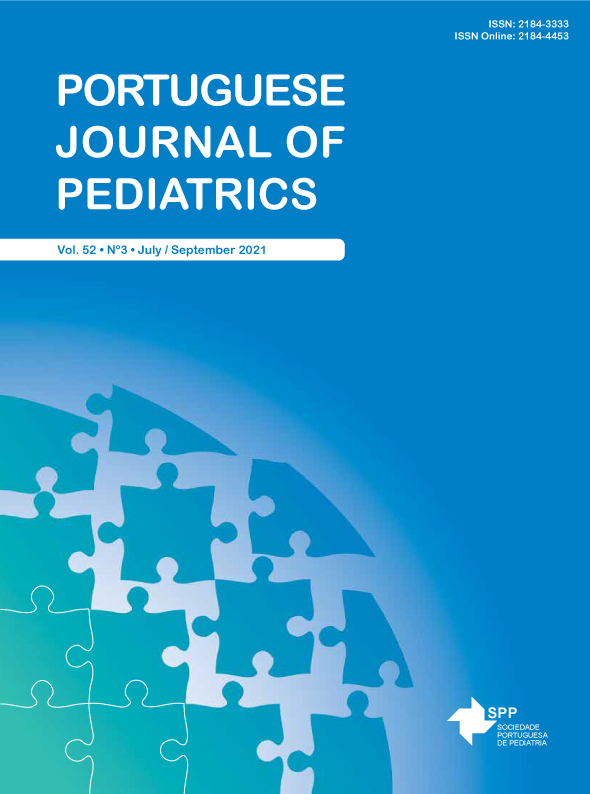Sleep Friendly Ward: A Pilot Project in a Level II Hospital
Date of submission: 29-05-2020 | Date of acceptance: 02-02-2021 | Published: 02-07-2021
DOI:
https://doi.org/10.25754/pjp.2021.20190Abstract
Introduction and objectives: During illness, good quality sleep can potentiate recovery, since it influences immunity and homeostasis. Hospitalization causes a disturbance in daily routine, with a negative impact on sleep habits. This project aimed to implement measures to minimize sleep disruption during hospitalization in a pediatric ward.
Methods: Prospective and longitudinal study, comprising three phases: evaluation of sleep conditions during hospitalization in the pediatric ward; application of measures to improve sleep; evaluation of the implemented measures. Questionnaires were distributed to caregivers/adolescents and health care professionals and later analyzed on SPSS Statistics23.
Results and discussion: In phase one (n=30, mean age of 4.5 years old), the sleep quality in the pediatric ward was inferior compared to home (sleep classification 0-10, 6.7 vs 8.8; nighttime awakenings 2.1 vs 1.2). Pain, noise, lights, therapeutic administration, alarms and other patients were the main reasons for nighttime awakenings. Health care professionals (n=36) agreed that sleep schedules were needed in the ward. In phase two, several sleep measures were applied: schedules were defined to turn on/off lights and screens, napping was promoted, there was a reduction of noise and alarms during the night, among others. Flyers with healthy sleep habits were distributed. In phase 3 (n=55, mean age of 7.9 years old), the children/adolescents that knew about the project had fewer nighttime awakenings (p=0.03) and better classification of sleep (p=0.02). This project shows that sleep quality in the pediatric ward can be improved and that hospitalization can be an opportunity to learn healthy sleep habits.
Downloads
Downloads
Published
Issue
Section
License

This work is licensed under a Creative Commons Attribution-NonCommercial-NoDerivatives 4.0 International License.









